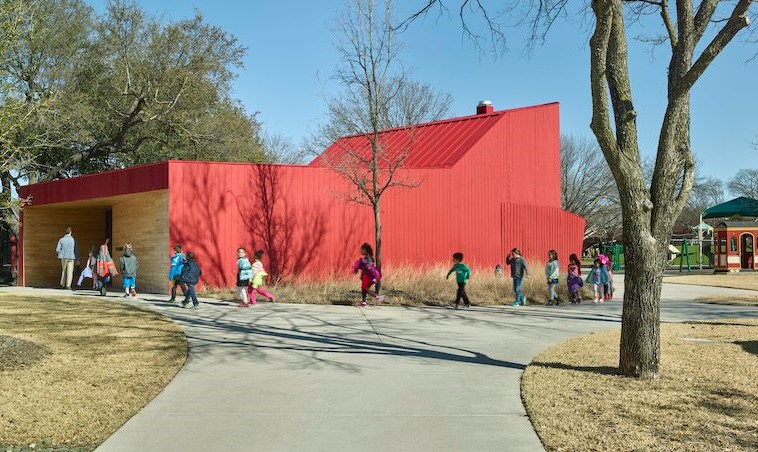It promises to be a blockbuster of an exhibition, in one of D.C.’s most dramatic interiors:
On July 2, in the Great Hall of the National Building Museum, an installation known as ICEBERGS, designed by James Corner Field Operations, will be unveiled.
“The idea is to create an underwater landscape of icebergs that people can move through and where they can enjoy the surreal world under the surface of the sea,” says Isabel Castilla, senior associate at the landscape architecture firm responsible for New York’s High Line. “We’ve recreated a feeling that is very unique – and not typically associated with landscape architecture.”
The installation will feature elements in a number of sizes, built of re-usable construction materials like polycarbonate paneling, usually employed in building greenhouses. A “water line” suspended 20 feet high will bisect the vertical space, allowing panoramic views from high above the ocean surface and down below among the towering bergs. The tallest “bergy bit,” at 56 feet, will reach above the waterline to the third story balcony of the Museum. The installation will occupy a total of 12,540 square feet.
“The Great Hall is 80 feet high, so the bergs can be seen on multiple levels – the first, second, third, and fourth floors,” she says. “There’s a bottom and a top and a whole world in between.”
Visitors will be able to ascend a viewing area inside the tallest berg, traverse an undersea bridge, relax among caves and grottoes on the ocean floor, sample shaved-ice snacks, and participate in educational programming that address landscape architecture, design and the environment.
“It speaks to understanding the landscape by creating a space that frames vistas and creates a path through a field of elements and pieces of nature,” she says. “The museum was interested in expressing the ideas of geometry, structure and modularity, and this is a means to teach the public about the process of design and construction.”
Besides, what better way could there be to beat the heat during Foggy Bottom’s dog days of summer – than exploring massive icebergs in a very cool space?
The installation closes on Sept. 5.
[slideshow id=1590]

